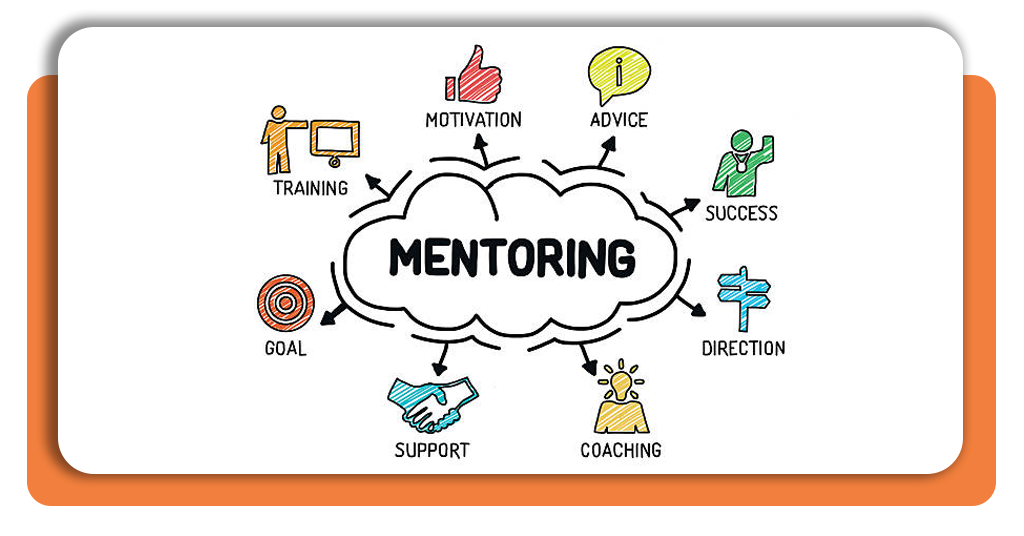When you are young, starting a career can feel like opening a video game without a tutorial. Sometimes, it feels the same way, even for more experienced people. You push buttons, test moves, and hope you don’t fall into the same trap twice. That’s why career mentorship comes in hand. To exemplify, this is basically someone handing you the cheat sheet with a smile, saying, “trust me, I already lost three lives here”.
The best in all of this is that you don’t need to be experienced to benefit. In fact, the less you know, the faster you grow when you’ve got a mentor steering you away from rookie mistakes. It’s not about skipping the hard parts, it’s about making sure those hard parts actually teach you something useful instead of just draining your energy.
- Les meilleures applications pour freelances : votre chemin vers la flexibilité de carrière
- Applications de recherche d'emploi : Simplifier votre recherche d'emploi
- Future-Proof Career Skills: What AI Can’t Replace
Start your Career Mentorship in 5 steps
A career mentorship plan sounds formal, but let’s break it down. First of all, you need to figure out what you want.
This is not like in a ten-year vision board way, just the basics: do you want better job interviews, a stronger resume, or help navigating your first role? That clarity helps.
Next, pick a platform. MentorCruise, Mentoring Clubet ADPList make the whole thing less awkward. It’s almost like online dating for professional advice, you browse profiles and send that first message.
Once you’ve matched, set ground rules. Decide how often you’ll talk and how you’ll measure success.
Then you just need to show up prepared with questions, even if they’re simple. And don’t forget reflection. After each call, jot down what stuck with you. That habit is where the magic happens.

Identifying mentors in your field
Finding a mentor who will help in your career mentorship doesn’t mean chasing the CEO of a Fortune 500 company who doesn’t remember what entry-level even looks like.
Usually, the sweet spot is someone just a few steps ahead. That person is close enough to remember the struggle, far enough to offer shortcuts.
That said, look through alumni groups or LinkedIn profiles. When you see a career path that feels familiar, or like the one you want, then it’s time to reach out to this person.
It may not seem like it, but most mentors actually always expect messages like that, so don’t overcomplicate your first contact.
For instance, a simple note about who you are and why you admire their path is enough. Forget flowery language, nobody needs a Shakespearean plea. A little honesty goes further than a perfectly polished request.
How often to meet and what to prepare
Here’s where most people mess up: they meet once, then let months slide by. At that point, it feels less like mentorship and more like running into an old acquaintance at the supermarket.
If you are wondering, usually, a good rhythm is every two weeks, it keeps momentum without being a burden.
Preparation makes those meetings shine. Show up with at least two or three questions. They don’t need to be deep, something like “what should I focus on learning this quarter?” works just fine. It keeps the conversation flowing and shows you’re serious.
Bring updates, too. Share what you tried since the last chat, even if it flopped. Mentors love to see effort, and failed experiments are often better conversation starters than instant wins.
Getting feedback without sounding needy
Nobody wants to be that person who asks for constant validation. Neither do you. The trick is in how you frame it.
So, instead of nervously asking if you are doing okay, try asking your mentor what would he do differently in your place? That flips it from self-doubt to curiosity.
Keep feedback focused on small, concrete actions. Show a draft email, a project outline, or a pitch slide. Those details are easier for mentors to tweak, and you’ll leave with practical changes instead of vague pep talks.
As long as you show you’re applying their advice, mentors rarely see you as needy. They see you as invested, and that’s exactly the type of mentee they want.
Measuring ROI: What to achieve in 3 months
Career mentorship feels best when you can point to real results. That’s why three months is the sweet spot. It’s long enough to make progress, but short enough to stay sharp.
Think in terms of visible changes: updating your resume with new skills, getting through interviews with more confidence, or building a couple of meaningful connections in your field. Small wins add up, and each one proves the process is working.
By the end of 90 days, you should feel less like you’re guessing your way forward and more like you’re steering with purpose. That’s the ROI of mentorship—clarity, confidence, and momentum.
Level Up Fast: Start a Career Mentorship Plan – Conclusion
Career mentorship is about conversations that guide you to better questions, smarter decisions, and quicker growth. For beginners, it’s a way to stop wandering and start moving with direction.
With platforms like MentorCruise, Mentoring Club, and ADPList, it’s easier than ever to take the first step. Create your profile, find a good match, send that message, and set up a simple 30-day plan with your mentor.
You could go it alone, sure. But why keep tripping over the same obstacles when someone else already knows the shortcuts? Grab that guidance, and you’ll level up faster than you thought possible.
En rapport : Boost your career opportunities using smart job search tools
Enjoyed this article? Save the Insiderbits blog to your favorites for the latest on YouTube Premium and expert app insights.





